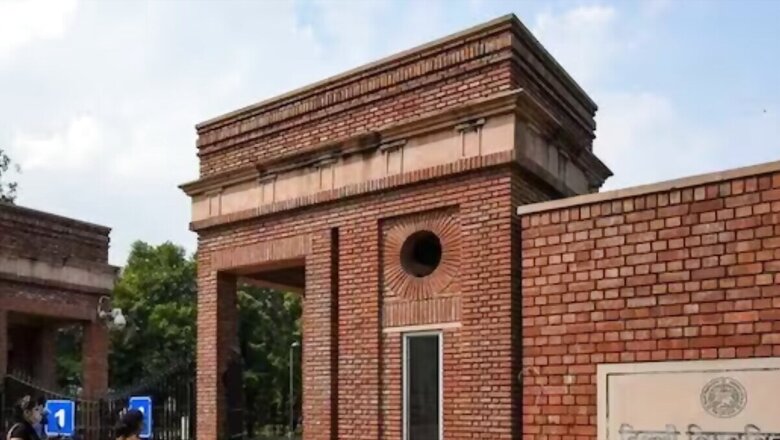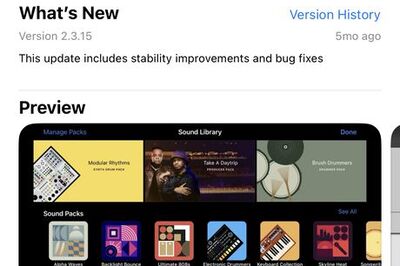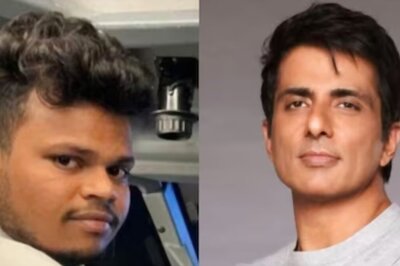
views
The latest report by the National Institute Ranking Framework (NIRF) highlights the rising trends of migration among students pursuing higher education. But why do students prefer Delhi University over their state colleges? “It feels nice here. There is a lack of both capacity and quality of education in state universities. Labs, technical things, and research facilities are fewer in state universities as compared to DU. Further, state universities do not serve the expectations of changing job markets and rely on age-old subject matters and teachings,” says Amit Kumar, a student from Kirori Mal College, which has been ranked 9th in the recently released NIRF 2023. A total of 4158 students migrated from other states in the college for graduation while for masters, it is 671.
In accordance with the census 2011, a total of 54,02,238 students from other states migrated for higher education across the country. From the total, males make up 60.34%, and females make up 65.72%. As compared to the 2001 census, the total number of students that migrated was 33,18,176. Males migrated in large numbers with 70.70%. On the other hand, females moved with 41.44%. In the duration from 2001 to 2011, the number of female migrants increased drastically.
Unique courses and regular classes can be reasons, says the proctor of Bundelkhand University. “This is also present in our university but DU is set up years back and has a brand name which attracts students across the country,” he adds.
Abhishek Yadav from Gorakhpur, UP says he travelled 900 kms from his home to get a quality education at DU. “It is a central university with a high number of seats as compared to state universities,” says the master’s student at Hindu College. With a rank of 2 in NIRF 2023, as many as 3229 students migrated from other states for graduation and 627 for postgraduate courses at the college.
Another top DU college, Miranda House, ranked number 1 saw 4038 students migrating from other states for three-year graduation courses, while, for postgraduation, 519 moved from other states.
More affordable, up-to-date courses
An associate professor of DU, on the condition of anonymity, said that some of the conventional courses at the state institutes are becoming obsolete in terms of industry standards. “The gap in the education of state universities is thus filled by the state’s private or deemed universities which many students cannot afford, hence they migrate,” he said.
A postgraduate student from Manipur who wished not to be named said DU is more affordable and has better research facilities. “It is a central university and for me, it is more affordable than Manipur universities. I want to pursue research and haven’t found the requisite guidance and environment in my home state. While in DU, research facilities and experienced professors are what I need for my research. Besides this, there are just 3 central universities in my state while in Delhi, it is 7,” she said.
Students at DU receive exposure, get equipped with various things like budget, education, and some household work, and learn disciplined independence and the value of money, said a research scholar in mass communication.
Prof Asheesh Gupta, Pro VC of JK Lakshmipat University explains, “By and large students prefer DU but also I think that there should be nuance because it depends on what kind of students we are talking about. Top DU colleges like Hindu, St. Stephen, SRCC, and Miranda have a good quality education hence students attract to them.”
More opportunities in Metro cities
Students claim it is not only the facilities DU provide but Delhi being a metro city increases their chances of better job prospects. “Delhi is competitive with many job opportunities. I have confidence that I will land a decent job with a good package. Hence going back may be futile for my career growth,” said the student from Manipur.
While another research scholar in sociology from DU said, “The students across the country are preferring the institutes, colleges, or universities that are close to the metro and are more tech-friendly. What attracts the students more is academic and research facilities, employment opportunities, and startup ecosystem within reach.”
“Being a metro city, with better placement, higher education opportunities, naturally, more people will find employment here than in other states,” said Prof Gupta. “Institutes for Medicines, Law, and Engineering have a hierarchy but when it comes to Arts reputation of the any university comes to play first,” he added.
“Down South many people are vying to become doctors and engineers and enter into corporate jobs but I am a UPSC aspirant and to the best of my knowledge, I feel North India has many good coaching institutes and it has that environment as well,” said Adithan, a student of Sri Venkateswara College.
Meanwhile, a professor from the anthropology department called this inter-state migration an “internal brain drain” which positively impacts the economy of the host state rather than the native state. “Parents of the student feel more secure as it reduces the chances of future migration and makes their children work-ready with professional skills, ample job opportunities, and better facilities thereby improving their overall standard of living,” he said.
While Delhi has its flaws, such as inflation, some second-year students from DU’s Department of political science said despite high living expenses and the skyrocketing price of vegetables, “we have no option except to sustain in this condition because there is no future prospectus back home.”




















Comments
0 comment